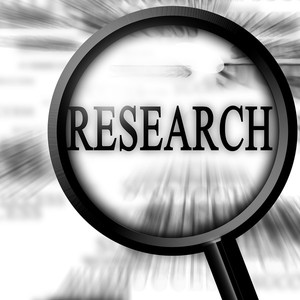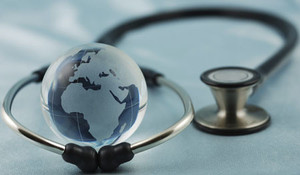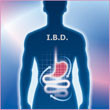Period: September to December 2012
The use of biological medicines has been life-changing for many patients suffering with anaemia and diabetes. With the expiration of patents on these biologicals the possibility of patients gaining access to lower cost biosimilar alternatives to these extremely effective, but costly, medicines becomes a real possibility.
This article discusses some of the research papers on biosimilars in anaemia and diabetes that have been published during the period of September to December 2012, highlighting the importance of biosimilars in these fields.
Biosimilars in renal anaemia
Renal anaemia associated with chronic kidney disease is caused by inadequate production of erythropoietin, but can be corrected by the use of recombinant human erythropoietins (epoetins). The expiration of patents for originator epoetins has resulted in the development of biosimilar epoetins. However, some believe that concerns that biosimilars may be less effective than originators could affect patient utilization of biosimilars. A study by Hörbrand et al. refutes this, showing similar utilization for biosimilar and originator epoetins [1].
The population-based study compared consumption of biosimilar versus originator erythropoiesis-stimulating agents (ESAs) in 6,117 patients with renal anaemia. The chronic kidney disease (stage 5) patients were followed for 18 months during which 64.4% received originator ESAs, 21.1% received biosimilars and 14.6% received both originator and biosimilar (total of 35.7% any biosimilar). Patients receiving either originator short-acting ESAs, long-acting darbepoetin-alpha or M-PEG epoetin-beta had a median defined daily dose (DDD) consumption of 0.77, 0.81 and 0.90, respectively. Patients receiving a biosimilar short-acting ESA had a median DDD consumption of 0.82. The results, which were also confirmed in a group of 1,886 patients over 36 months, led the authors to conclude that ‘ESA consumption of patients on chronic haemodialysis is similar for biosimilar and originator ESAs’.
Biosimilars in diabetes
Although biosimilar insulins are not yet available, several insulins and insulin analogues are or shortly will be off-patent means that biosimilar insulins should soon be available. These biosimilars have the potential to reduce diabetes treatment costs for the estimated 347 million people worldwide that have diabetes.
Reassurance that insulin biosimilars are equally safe and effective as originator products is essential, according to Owens et al. [2]. In their article they discuss possible concerns with the use of biosimilars and what information is necessary for clinicians to know in order to provide assurances that biosimilars are safe and effective. They advocate caution before automatic substitution of originator insulin with biosimilar insulin and that ‘every biosimilar insulin and insulin analog[ue] should be assessed by well-defined globally harmonized preclinical and clinical studies followed by post-marketing pharmacovigilance program[me]s’.
The research highlights the importance of understanding how patients and clinicians may view biosimilars and the need to reassure both groups that biosimilars are equally as safe and effective as originator products.
Editor’s comment
The research paper highlights the fact that there is insufficient data on safety and efficacy of biosimilars in the public domain. GaBI Journal is created to fill this information gap; GaBI Journal welcomes submission of research manuscripts for peer review publication.
Please feel free to share your thoughts via email or in the comments section below. What are your views on the amount of biosimilar scientific data available in the public domain? Is it adequate to reassure patients and clinicians? What more can be done? Do you have data that could be published in a patient- or clinician-friendly way?
If you are interested in contributing a research article concerning the safety and efficacy of biosimilars to GaBI Journal, please send us your submission here.
Related articles
Research on biosimilars in rheumatology
Overview of research on analytical techniques in the manufacturing of biosimilars in 2012
Overview of research on regulatory issues surrounding biosimilars in 2012
Overview of research on ‘specific’ policies aimed at generics in 2012
References
1. Hörbrand F, Bramlage P, Fischaleck J, Hasford J, Brunkhorst R. A population-based study comparing biosimilar versus originator erythropoiesis-stimulating agent consumption in 6,117 patients with renal anaemia. Eur J Clin Pharmacol. 2012 Oct 2. [Epub ahead of print].
2. Owens DR, Landgraf W, Schmidt A, Bretzel RG, Kuhlmann MK. The emergence of biosimilar insulin preparations–a cause for concern? Diabetes Technol Ther. 2012;14(11):989-96.
Permission granted to reproduce for personal and educational use only. All other reproduction, copy or reprinting of all or part of any ‘Content’ found on this website is strictly prohibited without the prior consent of the publisher. Contact the publisher to obtain permission before redistributing.








 0
0











Post your comment